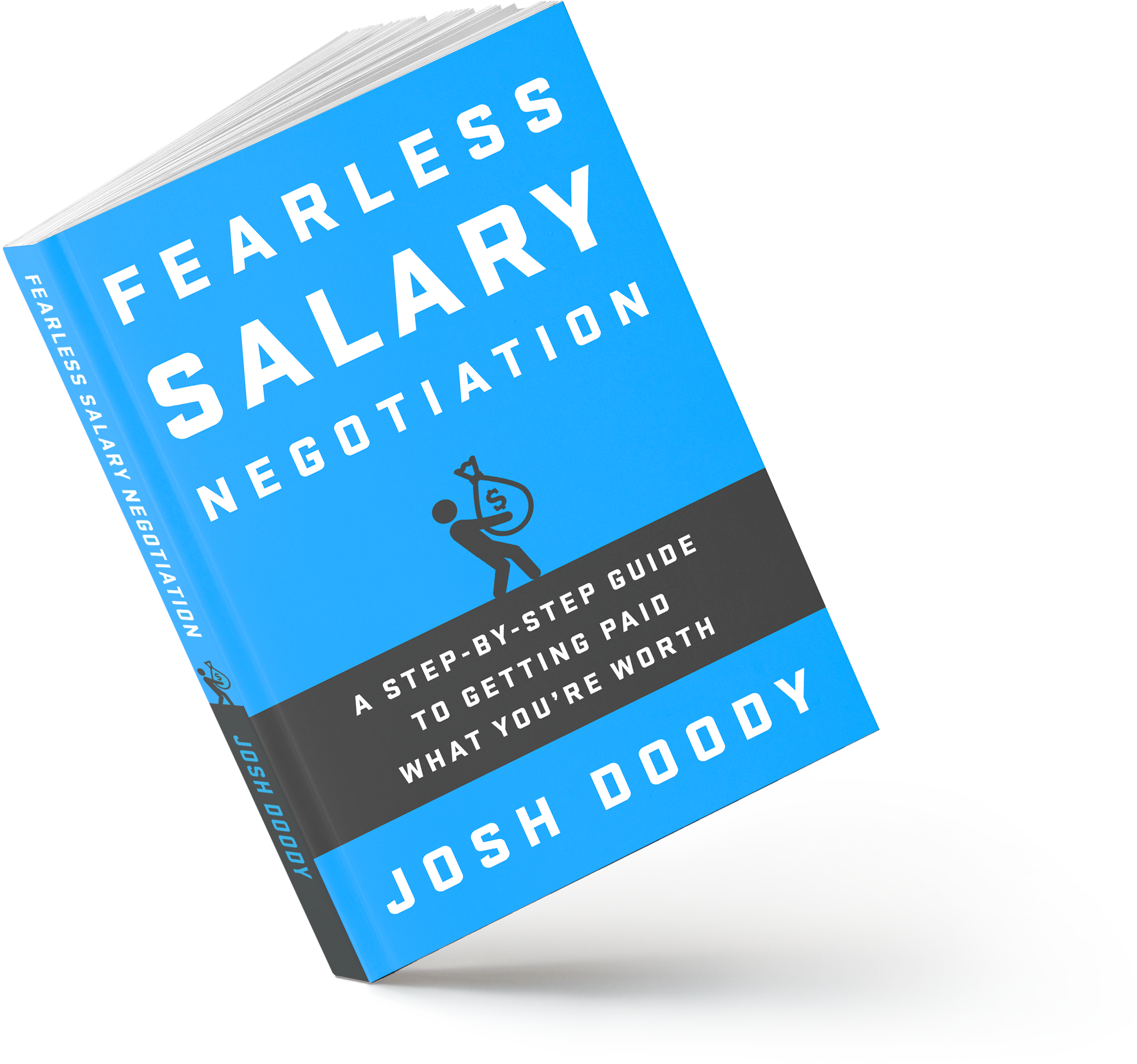
What is your target job?
Defining your goal for your next job promotion
Your first step to getting promoted is to set your target job. What specific job do you want to do next?

Your first step to getting promoted is to set your target job. What specific job do you want to do next?
What really matters is that you know where you want to be promoted. Specifically, I mean. Not “I want a promotion”, but “I want to be promoted to Engineer II” or “I want to be promoted to a role in Operations.” This matters because you need to know how your target role is different from your current role so that you can identify opportunities to do things associated with your target role.
There are two common types of promotion: straight-up and over-and-up.
With a straight-up promotion, you’re just moving to the next job above your current one on your career path. Most straight-up promotions look something like this:
If you’re an Engineer, you might move up to Engineer II. If you’re an Associate Consultant, you could move up to Consultant. Sometimes you’ll move from an individual contributor role like Engineer III up to a managerial or supervisory role like Technical Lead.
For straight-up promotions, the easiest way to learn what makes your target job different from your current role is to compare the two job descriptions. This should be pretty easy because most job descriptions within a career path are literally copied and pasted with minor updates. By looking at the job descriptions, you can clearly see what your current job responsibilities are, and then you can see what additional responsibilities accompany the description for your target job.
With an over-and-up promotion, you’re moving “over” into a different part of the business and “up” into a new role. Your target job might be related to your current job, but isn’t necessarily on the same career path. If you’re in Consulting, maybe you could move over and up to Product Management. If you’re in Finance, you could move over and up to Operations.
It can be a little tricky to figure out the difference between your current job and your target job when you’re pursuing an over-and-up promotion. If the new job you’re targeting is outside your current group, run it by your manager first. You may need to explain that you’re interested in a new role, and you want to get experience with it to see if it might be a good option for you in the future. Be as transparent as possible so that your manager doesn’t think that you’re being sneaky, and so you can avoid any political landmines that may be lurking.
Next, compare the job descriptions to see if you can identify things that your target job requires, but that your current job doesn’t. If you can’t find a job description for your target job, or if you’re having trouble comparing your target and current jobs, you can reach out to your manager or HR to see if they have the job description or can put you in touch with a manager in that part of the company. You could also reach out to someone who’s already doing your target job in that part of the company, and ask them if you can set up a 20-minute call to talk about their job—what they do, their day-to-day—so you can learn more about it.
When you’re comparing your job description to the one you’re targeting, don’t get hung up on “years of experience”—look at everything else. Here’s what you really want to know: What does the new role require that I’m not currently doing?
Your takeaway from this section is that you have some idea what you’re shooting for (a promotion), and you know what you can do to demonstrate that you have already earned that promotion before you request it.
This may seem silly, but it’s important: Now that you have a clear picture of what your target job is, do you want to do that job? If your answer is “Yep!” then you’re in good shape and ready to move on to the next topic, Produce results to show you’re ready for your target job.
But if your answer is “I’m not so sure”, then consider looking for other jobs that are more interesting. You could talk to your manager about other opportunities in your company, and ask for suggestions that might suit you and your skillset. Maybe your manager can suggest some jobs you might enjoy and put you in touch with other managers in that area.
Once you find a job you want to pursue, you can loop back here to do some research to determine the differences between your current job and the new job you’re targeting.

I'm Josh Doody, a professional salary negotiation coach who helps High Earners negotiate their job offers. On average, High Earners improve their first-year compensation by $47,273 with my help.
Apply for a free 15-minute intro call to learn how I can help.